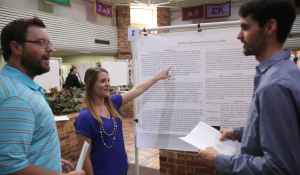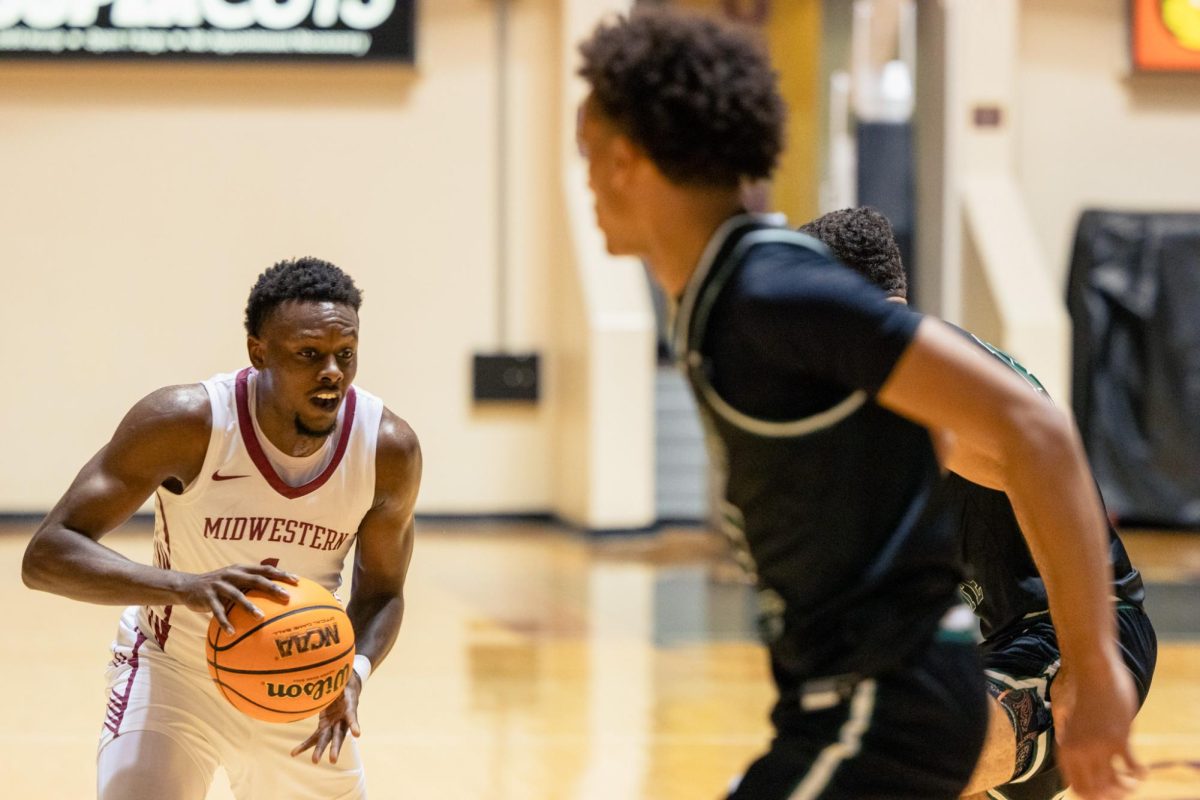
A plastic heart is handed around Comanche, students and faculty sit in awe over the complexity and precision made by 3-D printers and the information gathered in this presentation.
Michael Olaya, mechanical engineering and physics junior, presented his independent study, which brought in more than 70 other groups and individuals to the Undergraduate Research and Creative Activity Forum.
Students and faculty pair together, spending months researching new ideas and compiling information to get a chance to compete and win a $2,000 prize, as well as an opportunity to get the information out and take their projects to different forums nationwide.
“I have been working on my research all semester, printing around 20 to 30 different organs in the process,” Olaya said.
Olaya has been researching his presentation all semester from McCoy Engineering Hall, making plastic prints of human organs for surgeons and other medical professionals to use for pre-surgical planning.
“We plan to keep working on it after the forum, taking the prints to a local OB/GYN for 3-D ultrasounds and reaching out to the local hospitals. It hasn’t cost anything for us to do this, McCoy hall is filled with 3-D printers and we started purely out of curiosity,” Olaya said.
Other groups used outside funding to help with their research.
“We were funded through the school and EURECA, with some outside funding coming into play. On top of that, the Texas State Comptroller has taken its own interests in maybe funding up to $100,000 to try and extend our research,” Tim Torres, chemistry sophomore, said.
Torres and his research partner, Francisco Ramos Armas, entered their independent study with the help of Charles Watson, assistant professor of biology.
The team obtained samples from Riverbend Nature Center, using a variety of different approaches to find more data on the Monarch butterfly, before its possible extinction in 20 years.
“The amount of data we had to go through was the most difficult part of the study. Each sample we analyzed had around 100 to 150 peaks that we had to go through to see if they were coming out correctly. We ended up having around 25 samples altogether, leaving us with more questions than answers,” Armas, biology junior, said.
The group used a span of a month recording data, spending upwards to 80 hours in the lab day after day.
“If we had all day and night to focus on our project then it might not have taken as much time, but with school and everything else, we ended up being busier than anticipated. We spent days and nights in Bolin, not coming out until at least 1 in the morning,” Torres said.
Torres and his partner both felt successful with their project along with others throughout the atrium.
“This information is very pertinent and isn’t researched enough at all. We are just glad we can raise attention to it while we can,” Torres said.
Read more:
Researchers develop parking app
12 oral research presentations recognized
Winning becomes ‘an amazing feeling’ for first-time analysts














